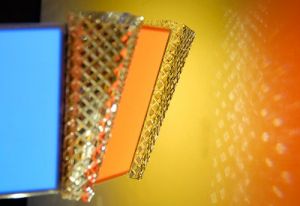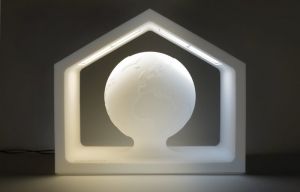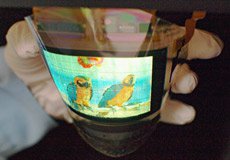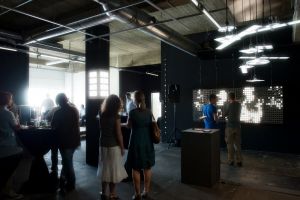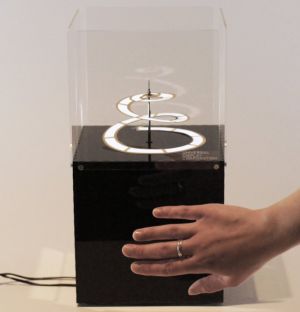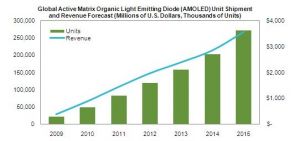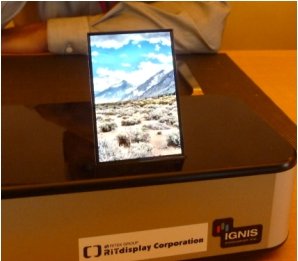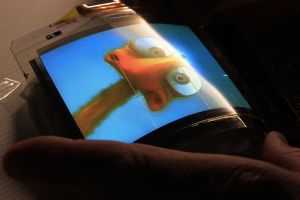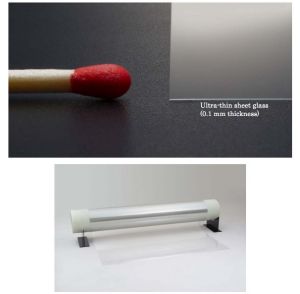New updated design for OLED-Info
We're happy to announce that we updated our site's design (which has been live since November 2008). We have added a top-menu that gives easy access to most of the content on our site, and also updated some inner pages (for example the companies page). We will add some more small graphic tweaks in the coming weeks.

We hope that the site will be easier to use now. Please comment and tell us if you like this new look, or whether you found some errors in the new site...


